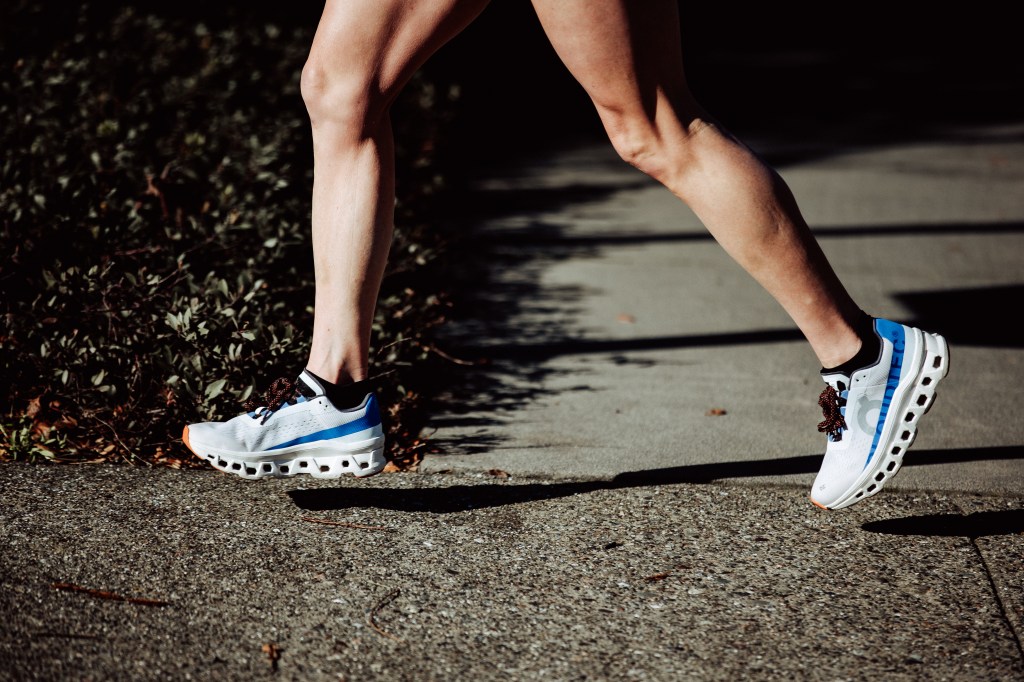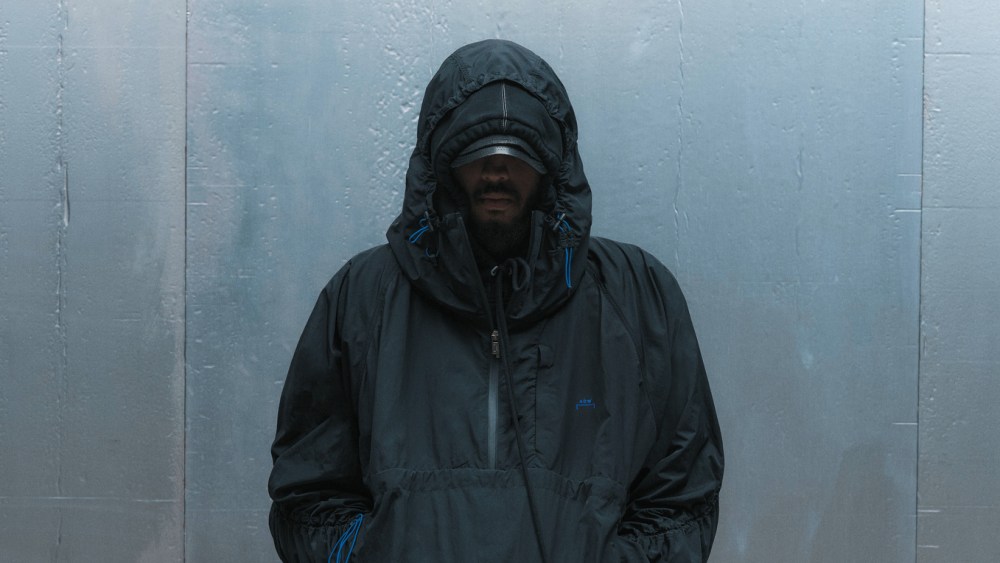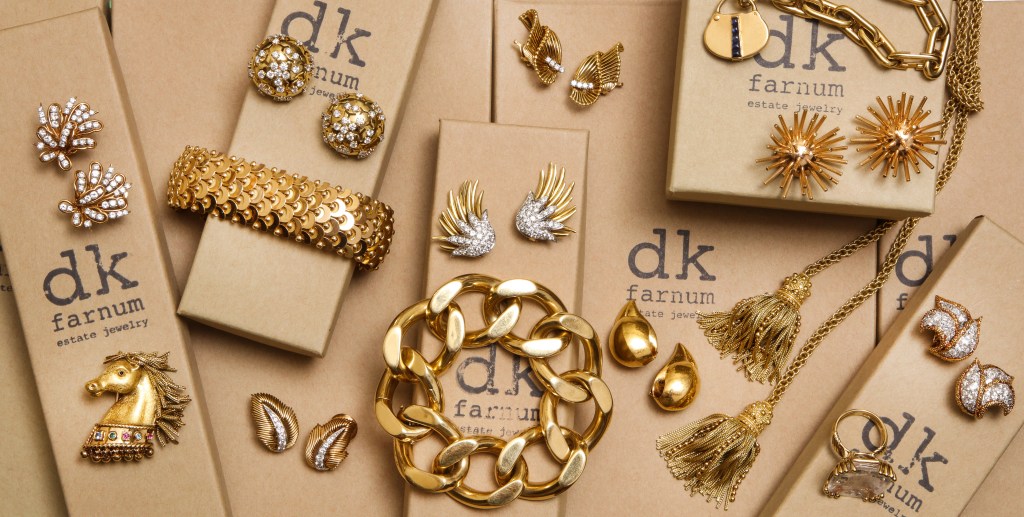It all started with a garden hose.
Retired professional triathlete Olivier Bernhard wanted to create a running shoe with a totally new feel. So he cut up pieces of garden hose and glued them to a prototype shoe. He approached his friends David Allemann and Caspar Coppetti and together, they designed shoe with an explosive takeoff and a cushioned landing, or what they describe as “running on clouds.”
The shoe won the ISPO BrandNew Award in March 2010 and it was off to the races for the Zurich-based On Holding.
Since then, On has managed to carve out a niche in the highly competitive running shoe market with its Cloud franchise of footwear. The brand quickly became the top-selling running shoe in Switzerland. Then, tennis superstar Roger Federer made an investment into the company and helped it move into the tennis space.

In 2021, On Holding went public on the New York Stock Exchange, providing further financial fuel to its fiery growth.
On is now found in 9,800 points of sale in more than 60 countries, and in its first full year as a public company, posted net income of 57.7 million Swiss francs with net sales rising 68.7 percent to 1.22 billion Swiss francs, the company reported in March of this year.
As the team gathered in Times Square to celebrate the IPO, they looked up at a billboard that read: Dream On. As Martin Hoffmann, co-chief executive officer and chief financial officer, said during an investors conference at its Zurich headquarters earlier this month: “It was very clear, hey, we are no longer outsiders. People see the value that we create. They understand we are here for the long term. We have a winning team. We are not going away.”

And the company’s projections for the future are even more robust. At the investors conference, On said it intends to double its projected 2023 net sales and increase its adjusted earnings before interest, taxes, depreciation and amortization margin to 18 percent by 2026.
On is estimating net sales of 1.76 billion Swiss francs for the fiscal year ended Dec. 31, with a gross profit margin of at least 58.5 percent and 15 percent adjusted EBITDA margin. Its projections will bring sales to at least 3.55 billion Swiss francs, reflecting a compounded annual growth rate of more than 26 percent, a gross profit margin of more than 60 percent and an adjusted EBITDA of more than 18 percent by 2026, the company projected.
It’s for these reasons that the company is being awarded the WWD Honor for Best-Performing Fashion/Retail Company, Large Cap.

While its growth may be explosive, the company has been steadfast in its mission since Day One. As it describes on its website: “At On, we don’t believe it’s the human body that determines whether you cross the finish line, reach the peak or dare to dream the big idea — it’s the human spirit. Our innovations and actions are shaped by our mission: to ignite the human spirit through movement.”
The company outlined the three pillars that will mark its future growth. First is to increase its market share in running along with its brand awareness, its performance credibility and its sustainability impact.

Marc Maurer, co-CEO, said brand awareness is highest in Switzerland, where 47 percent of respondents to a recent survey knew the brand. In the U.S., that number is 9 percent, but in cities with strong running communities, that figure is higher. In Miami, for example, On has a 15 percent market share among runners, and in New York, it’s 7 percent.
These numbers will be lifted by continuing to grow its following on social channels, he added. He said since the IPO, On’s Instagram, TikTok and other social channel followers grew by 94 percent.
At the same time, On will work to expand its international footprint by increasing its “premium multichannel distribution” and its own retail presence as well as its footprint in China.
During the investor conference, Hoffmann said On will continue to focus on expanding its own retail and e-commerce along with its wholesale presence. Since the pandemic, 20 new markets have been added and a relaunch of its website has led to a ninefold increase in members.
In terms of retail, at the time of the IPO, the company operated only one store in New York City and seven in China. By the end of this year, that number will be 30 — 22 in China and 10 in other countries, Maurer said. That will include Portland, Ore., Miami, Paris and Spitalfields in London.
Britt Olsen, general manager for the Americas and head of global commercial strategy, detailed the benefits of each channel. E-commerce, she said, is “where we can really bring the most expressive and digitally scalable version of ourselves to the world.” Brick-and-mortar retail “is a place where we really have the opportunity to build our most intimate touchpoint,” and wholesale is “where we can scale and amplify what we’re trying to achieve.”
The retail expansion will be centered around distinct operating models, she said: flagship stores on high streets with high volume; “chapter stores,” focused on building communities in a particular location, and a “commercial format,” or mall-based locations, “where we can scale a bit faster.”
Going forward, 10 percent of new stores will be flagships with the remainder split evenly between chapter and commercial units, she said.
But regardless of the format, retail stores have proven to be a key growth vehicle for On. Olsen said when the London store opened, “we saw baseline and e-comm traffic increase by three times. We also heard of a really great spillover effect in our wholesale channels in these markets.”
And apparel has been a major beneficiary. “We know that in this channel, apparel works for On,” she said. “We have some stores where there’s actually 30 percent apparel share. So when it is merchandised right, and in a very design-driven On way, we know that this has an ability to connect with consumers. And on the very human basis, it’s actually a really great testing ground for us to get feedback directly from consumers for our apparel category.”

Turning to product, Hoffmann said performance and sustainability continue to be the drivers for the company. He pointed to the Cloud Neo, the first fully circular performance running shoe, as a key innovation and there are “many more things in the pipeline.”
He also said it was important to expand On’s overall product offering in order to reach more consumers. Today, the assortment ranges from shoes for running, tennis and training to “all-day” shoes. And price ranges have also been broadened with a focus on higher prices, which “will allow us to become more profitable and further fuel the aspirational quality of being the most premium sports brand out there,” Coppetti said.

Over the past 18 months, the company has launched the Cloud Runner, Cloud Monster and Cloud Surfer, three new running shoe models, that now account for roughly half of its sales. “Now building on these successes, we will start to consolidate our technologies, all our products in running into very clear product franchise brands with a view of getting brand name recognition for these brands and enabling our fans to self-select the right products for them,” Coppetti said.
In the stores, apparel and footwear will be merchandised together for specific consumer segments, leading to a better experience, and hopefully, higher sales.

On Nov. 2, the company will introduce Cloud Eclipse, a max cushioning product, to address that end of the market. And the company will be putting more emphasis on training products that can “transition seamlessly from studio to street,” Coppetti said.
Although On has limited the number of collaborations it has offered, it has worked with Loewe on shoes and apparel, a capsule that has been highly successful.
Beyond running, the company will aim to further establish select adjacencies in tennis and other sports while beefing up its offering of “full head-to-toe looks across all its verticals,” it has said.
“We have an exciting product pipeline that includes running, training and tennis footwear and apparel,” Hoffmann said.

Coppetti said apparel will play a big role in On’s future. “For every footwear piece sold in training, there are about 10 apparel pieces. We will focus on the most premium materials as well as the Swiss engineered details and clever features to cater to new aspirational consumers.”
Maurer stressed that in footwear and apparel, On continues to view itself as “an innovation company at heart. We’re not just here to make shoes or apparel. We’re pioneering technology and products the world hasn’t really seen before or creating new sensations and removing barriers.”
He said the company works closely with its athlete partners to create quality products to meet their needs. In addition to Federer, it works with Poland’s Iga Świątek, the world’s number-one-ranked women’s tennis player, Ben Shelton, a rising American star on the court, Boston marathon winner Hellen Obiri, as well as triathletes Gustav Iden, Kristian Blummenfelt, Paula Findlay and Chelsea Sodaro. “We develop products together with them. They have become part of who we are, and I think we’ve become part of who they are. And that has really led to some amazing achievements,” Maurer said, pointing to Obiri’s marathon win as an example.
Looking to the future, On’s ambitions are lofty but its team is confident of its continued success. Maurer summed it up this way: “On aspires to be the most important premium global sportswear brand, rooted in innovation, design and sustainability. It’s very calculated. We’re very clear on what we’re doing, and we’re doing it because we want to be super successful in 10 years from now. We’re not building for 2026. We’re building far beyond that.”



